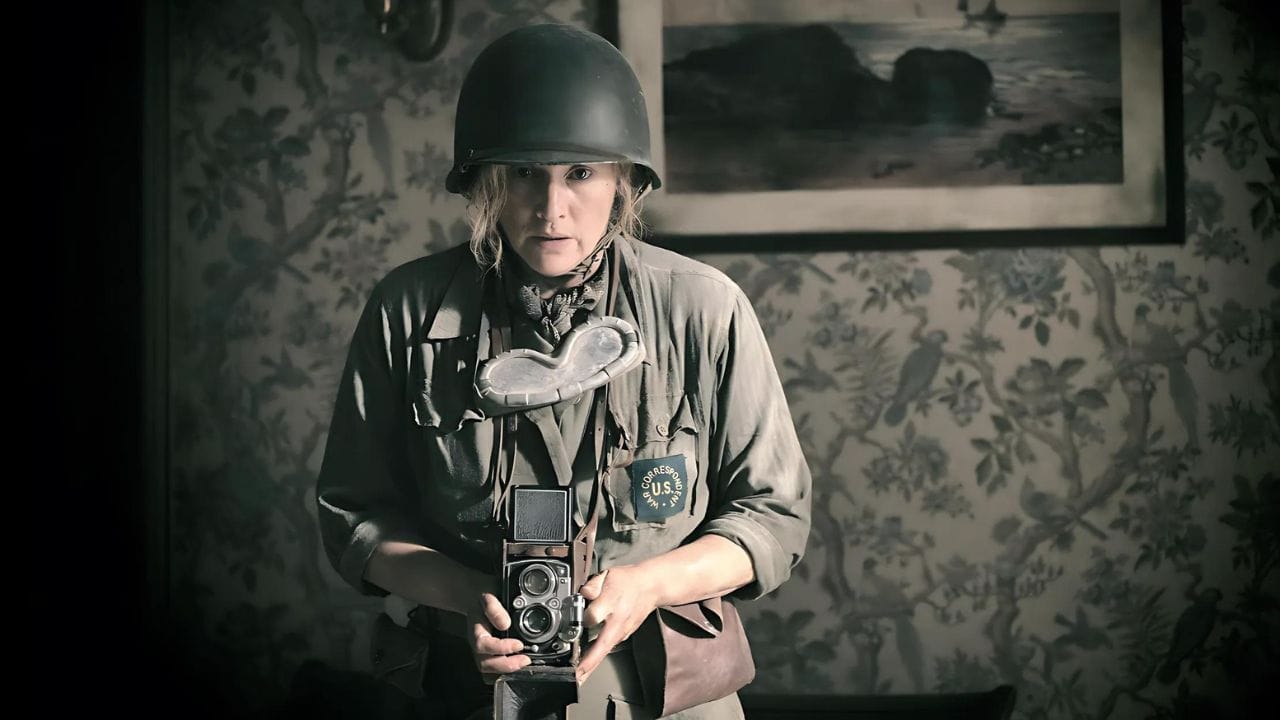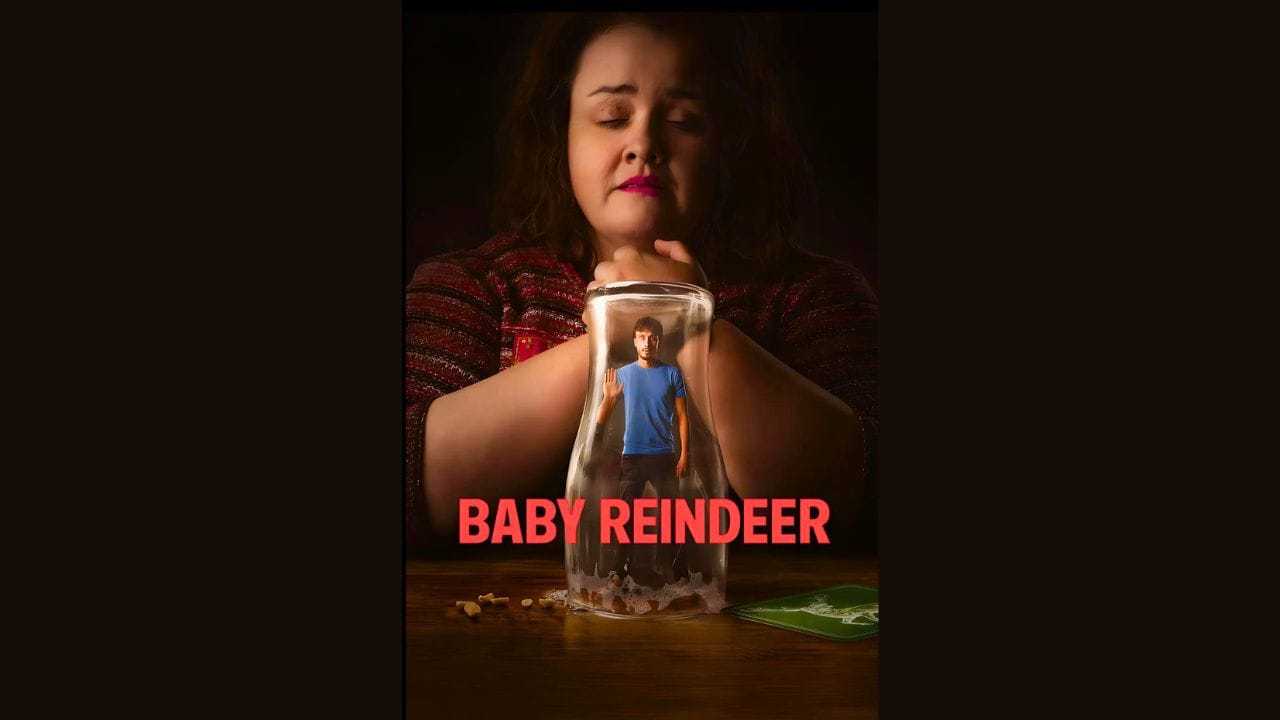When Kate Winslet decided to make a film about the photographer Lee Miller, she knew it would be impossible to cover every aspect of Miller’s vast life. Therefore, Winslet focused on a specific era for the film “Lee,” which premiered at the Toronto International Film Festival and was released in theaters on Sept. 27. The movie mainly takes place during World War II, showcasing Miller’s experiences on the front lines and her iconic photographs from that time.
The screenplay has a flashback structure, with Miller being interviewed later in life by a journalist, revealed to be her son, Antony Penrose. This detail is based on a section of Penrose’s 1985 book “The Lives of Lee Miller.” The film portrays Miller as a forceful and pioneering figure in her field, particularly attuned to the suffering of those she captures in her images.
Before becoming a photographer, Miller had been a model for Vogue and a student and muse for the surrealist photographer Man Ray. She also had a friendship with Picasso. The movie intentionally focuses on Miller’s life and work, divorcing her story from some of the more famous men in her life.
Overall, “Lee” explores the multifaceted life of Lee Miller, her pioneering work as a photographer, and her determination to navigate a world dominated by men.
The early moments of Lee Miller’s life, as depicted in the film “Lee,” aimed to capture the freedom and laissez faire sensibility of women at that time. The contrast between the pre-war and wartime experiences is highlighted, showing the remarkable differences in people’s lives. The movie portrays Miller’s encounter with her friend Solange d’Ayen in post-liberation Paris, depicting the stark change in Solange’s circumstances from glamour to destitution. The film focuses on a specific period in Miller’s life, omitting details such as her marriage to Roland and her battles with depression, but it does touch on her later passion for cooking. Kate Winslet, who plays Lee Miller, collaborated closely with Antony Penrose, Miller’s son, and consulted with Miller’s surviving friends to authentically portray her character. The film delves into Miller’s key relationships with individuals such as Audrey Withers, David Scherman, and her disdain for photographer Cecil Beaton, offering insight into the lighter moments of the movie.
During the war, Lee Miller and David E. Scherman experienced the most devastating horrors together. They were inseparable, from the linkup with the Russians to their time at Dachau and their move into Hitler’s headquarters in Munich. It was there that they collaborated on one of the most memorable images of Miller’s career. Miller stripped naked and got in the bathtub, setting up a self-portrait of her washing, while Scherman snapped the photo. This image was a powerful statement against the dictator.
Lee Miller’s personal trauma, including being sexually assaulted at a young age and contracting a venereal disease, is linked to the abuses she witnessed during the war. The film portrays Miller defending a young French girl from harassment and expressing sympathy to a woman whose head was shaved after being accused of collaboration with the Germans. This portrayal suggests that Miller’s devastating past made her a uniquely empathetic journalist and artist.
Kate Winslet, who portrays Lee Miller, has expressed how Lee’s extraordinary self-acceptance has inspired her. She credits Lee’s inspiration during the time she was playing her and every day since then.



